I Tried a Hybrid Pilates and Strength Training Plan for a Month – and I’ve Never Felt Stronger
Take it from me, it might be time to get acquainted with a pair of dumbbells.
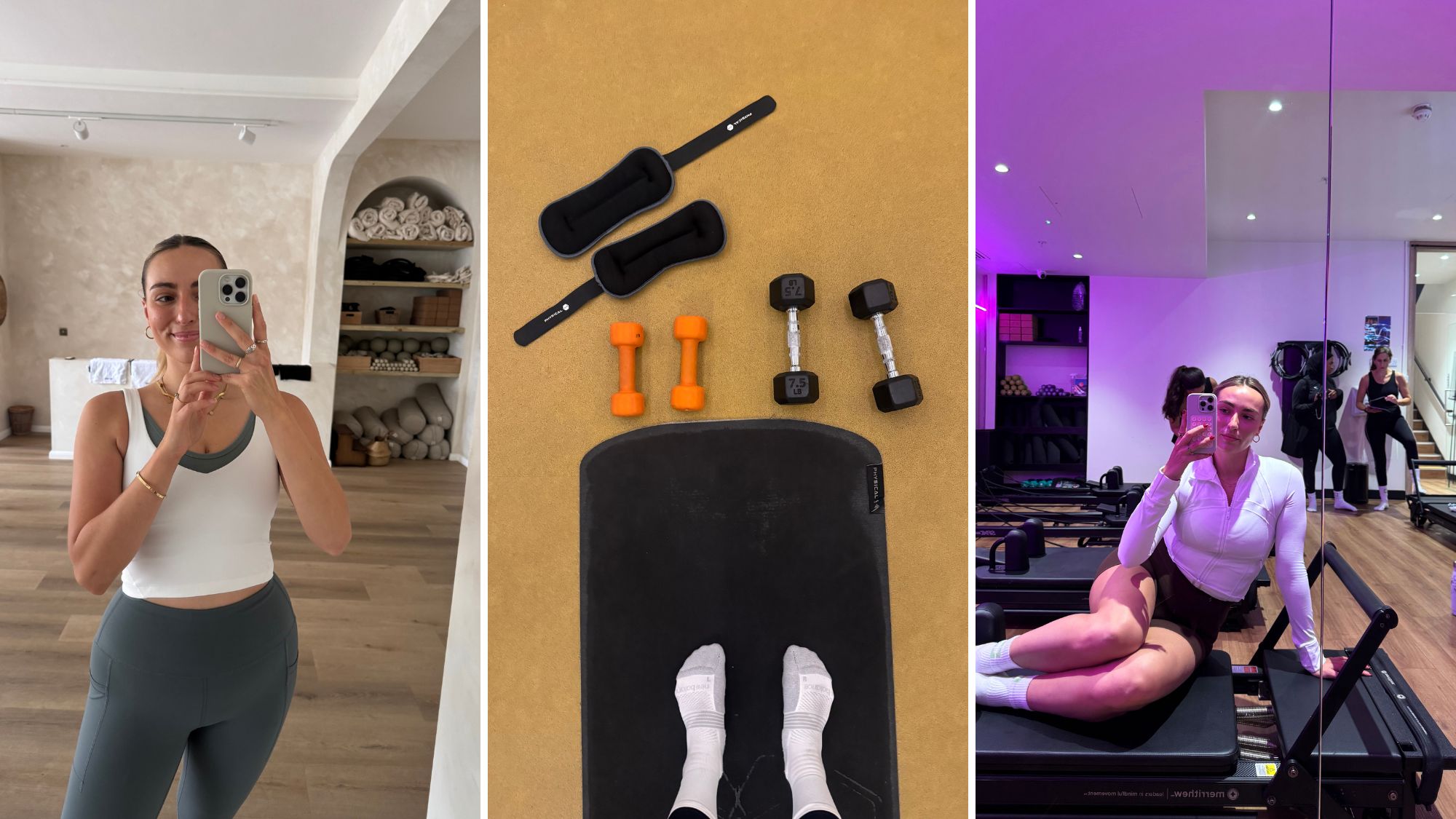

Let’s be honest: at this point, Pilates isn’t just having a moment, it is the moment. Scroll through Instagram or TikTok and you’ll be met with a steady stream of Reformer poses, sweaty mat-based workouts, and the wildly viral "Pilates princess" aesthetic. It’s everywhere, and for good reason. With its roots in rehabilitation and its reputation for building long-term, lean strength, Pilates has earned its title as the workout of the year.
I’m not just a fan - I’m fully in my Pilates era. Whether it’s mat-based flows, Reformer sessions, or even the occasional infrared class, I’ve bought into the method wholeheartedly. Why? It’s controlled. It’s low impact. And most importantly, it doesn’t demand explosive speed, which, for someone like me who prefers slow, intentional movement, is ideal.
But here’s the thing: I’m also a runner. And while Pilates supports mobility and core strength, I know that heavier resistance training is key for injury prevention, power, and endurance. The problem? Traditional strength training - that typically involves having next-level confidence in the gym - has never really clicked for me.
The science behind incorporating weight-based movements into my usual exercise routine is too good to ignore. Strength training in women is proven to improve bone density, reduce the risk of cardiovascular disease, and support metabolic health, according to a recent study. Another study has revealed a link between weight training and longer life expectancy in women, so if you’re hoping to stick around long enough for a One Direction reunion tour, it might be time to get acquainted with a pair of dumbbells.
I decided to try something different to ease myself into it: a hybrid plan. One month of combining something I love, Pilates, with something I actively avoid, functional strength training - not to change how I looked, but to change how I felt.
I was very curious to see if I would feel stronger. And honestly? It worked. The difference has been tangible - not just in how my body performs, but in how it holds itself. I feel more stable, more powerful, and surprisingly, more connected to my movement - both mentally and physically.
Keep reading to discover how a hybrid Pilates and strength-based workout could benefit you. While you're here - and if you're keen to read up on other Pilates content - don't miss our guides to the best Pilates exercises for beginners, best Pilates core moves, best core sculpting Pilates moves and the best Pilates bar exercises, here.
Celebrity news, beauty, fashion advice, and fascinating features, delivered straight to your inbox!
I Tried Pilates and Strength Training Four Times A Week For A Month - And Honestly? I Feel Transformed
What does a hybrid strength training and Pilates workout plan look like?
I didn’t follow a formal “hybrid” plan. Instead, I committed to consistency: two strength-based workouts and two Pilates classes each week. Strength sessions were either at the gym or a 20-minute guided YouTube workout, while Pilates alternated between mat-based classes at MoreYoga and Reformer sessions.
Spacing them thoughtfully mattered. “One misconception is that you have to merge them into a single hybrid workout to get results,” says Pilates instructor James Shaw. “Personally, I prefer to keep my Pilates as Pilates and my strength training as strength training. That way, you can experience the full benefits of each.” In practice, I made sure Pilates and strength didn’t overlap too heavily, which helped with recovery and prevented fatigue.
What are the benefits of training strength and Pilates?
The combination is almost magical. Shaw explains: “Classical Pilates teaches you how to use your body in movement, such as integrating, not isolating, the muscle groups. That awareness builds efficiency, control, and technique, which supports any strength training program.” In short, Pilates improves proprioception (the sense of where your body is in space), which protects against injury and enhances recovery.
London-based personal trainer Monty Simmons adds that strength training and Pilates complement each other naturally. “Pilates focuses on control, mobility, core stability, and muscular endurance, while strength training builds real, functional power,” he says. “When you combine both, you get a blend of precision and high-level strength. Pilates helps you move better, and strength training makes you stronger and more resilient in those movements.”
Andy Carr, head of fitness at Snap Fitness UK & Ireland, notes additional benefits: “Pilates targets smaller, supplementary muscles that aren’t used as much in traditional strength training. By doing both, you reduce muscular imbalances and injury risk. Plus, Pilates can be a lower-impact workout following a strength session, increasing blood flow and aiding recovery.”
For runners like me, the benefits are clear: improved core engagement, better posture, and increased functional strength across long distances. And there’s a mental boost too - Pilates encourages mindfulness, while strength training elevates endorphins, leaving you feeling competent, calm, and energised.
Who is a hybrid strength and Pilates workout routine best for?
As with most things, balance is key when it comes to stacking your workouts. Overtraining can creep up if sessions are stacked without listening to your body, so pacing and recovery remain key. If you're generally fit and active, there's no reason why a hybrid training plan wouldn't suit you, though the experts recommend that this style of workout is best for:
- Runners and endurance athletes seeking efficiency, improved posture, and reduced injury risk. Pilates strengthens core and stabiliser muscles, while strength training builds the power needed to sustain long runs. As Shaw explains, “Pilates helps you connect and understand your body. This awareness and control improve the way you move in strength training, helping you train more efficiently, recover better, and reduce the risk of injury.”
- Pilates enthusiasts hesitant about lifting. This hybrid approach offers strength gains without the intimidation factor of heavy weights. Carr adds, “While it’s great to alternate these workouts, remember that Pilates is still challenging your muscles too. Trying to fit in too many sessions a week is going to leave you fatigued, particularly if you’re not focusing on your nutrition, rest, and recovery.”
- Beginners, with careful guidance. Shaw recommends starting with 1:1 sessions or small classes to learn the fundamentals, while Simmons notes, “Both Pilates and strength training involve a lot of new movement patterns, so it can feel like a lot to take in. If you like that challenge, great, but if not, maybe start with one for a couple of weeks, get comfortable with the movements, and then start layering in the other.” Alternating focus areas also helps avoid unnecessary fatigue.
- Anyone wanting variety and capability over aesthetic goals, prioritising how your body moves, recovers, and feels in everyday life. Carr highlights that applying Pilates principles - neutral spine, core activation, breath control - inside strength sessions ensures you build functional, sustainable strength rather than just chasing big lifts.
I built Pilates and strength training into my workout routine for a month - and I can't believe how much stronger I feel.
Weeks one and two
I’ve been making a conscious effort to use my gym membership for more than just a date with the cross trainer. I see you, shy girls, but I’ll admit, my strength training sessions are still a bit sporadic. I’ll tag along if my gym buddy has one on her schedule, or jump into a 30-minute strength class if there’s space, but I haven’t been following a consistent plan.
That changed when I started using the Runna app. As part of my marathon training plan, it included structured strength workouts with easy-to-follow exercises and clear guidance for each movement - which took the guesswork (and intimidation) out of it.
The first couple of weeks were a mix of triumph and soreness. Pilates highlighted muscles I thought I already “knew,” while strength training unearthed completely new ones: upper back, glutes, rib-cage stabilisers. The DOMS (delayed onset muscle soreness) hit me after the very first workout, but I slept better and felt a new sense of awareness in my body. Carr’s insight hit home: “Pilates strengthens the smaller muscles that support the bigger groups you work in strength training, like a building’s foundation. Strength training then reinforces that structure.”
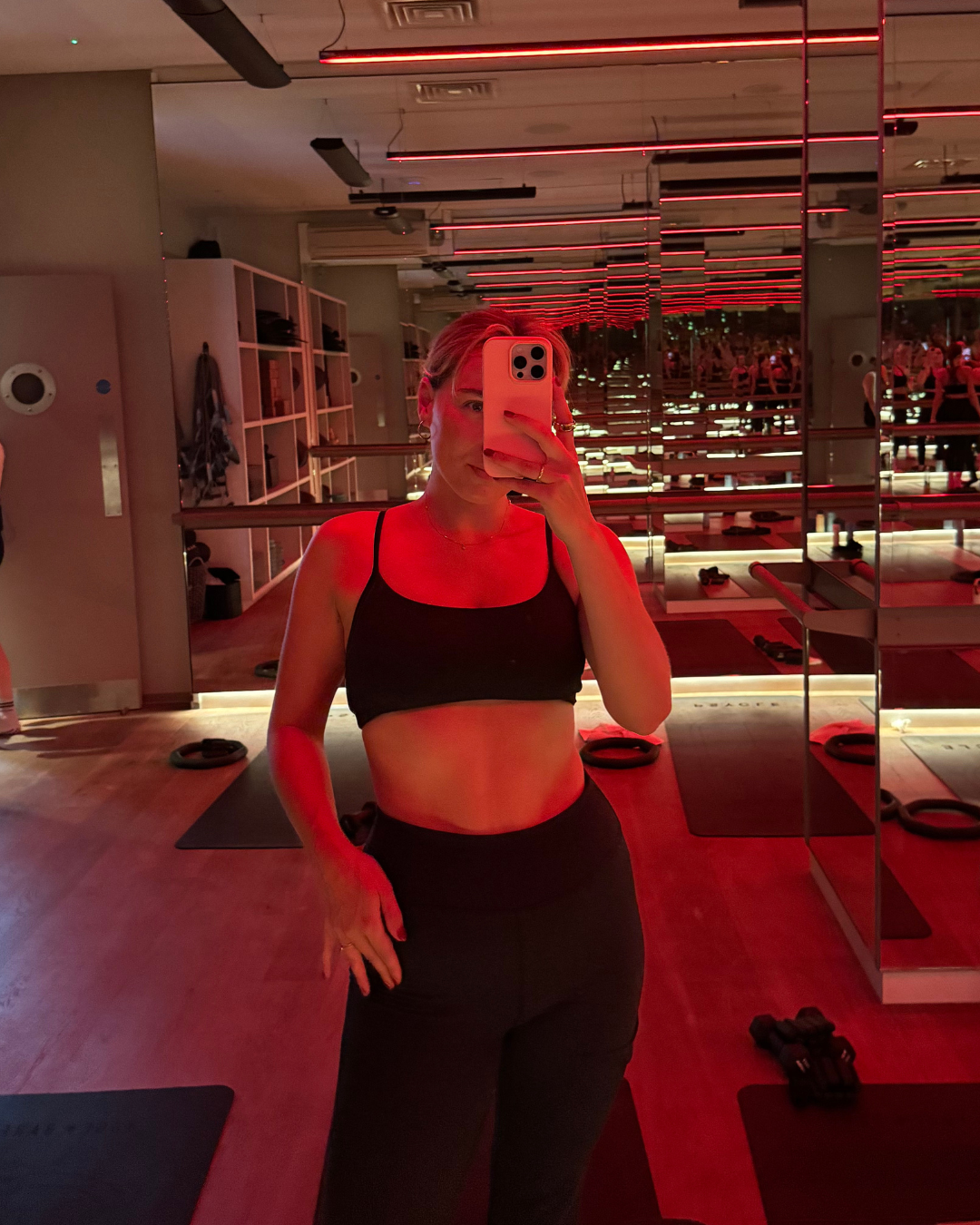
Georgia focused on getting braver with strength training between Pilates sessions, and found going to strength-based classes the most beneficial
Weeks three and four
By week three, I began noticing changes. I hadn’t set firm aesthetic goals, but things shifted sooner than expected, especially in my upper body. I felt more capable lifting weights I thought I was “past” or weights I had always used, but stopped pushing myself with.
In the Reformer Pilates classes, I found myself wanting to increase the springs rather than sticking to baseline recommendations. Suddenly, moves that used to wipe me out were more manageable - you know you’re getting stronger when the instructor lowers them and you think, actually, I can do more. I managed more reps without my legs trembling, which I always just assumed was a byproduct of Pilates workouts.
I also noticed I was much hungrier - my body clearly asking for more fuel. I started tracking and slightly increasing my protein intake to help with recovery, and made sure rest days were real rest.
By the final week, I felt more solid underfoot during my runs, fewer niggles, better posture mid-run, and stronger core engagement when hills hit. Shaw’s point rang true: “When the body moves as one connected system, it supports strength, flexibility, mobility, and stability.”
After a month, it’s clear: I feel stronger, more resilient, and more connected to how I move. Strength training and Pilates don’t compete; they complement. One gives you power, the other control. If you’ve been putting off strength work because you love Pilates, or avoiding Pilates because you lift, consider this your sign: try both. Your body - and your confidence - will thank you.
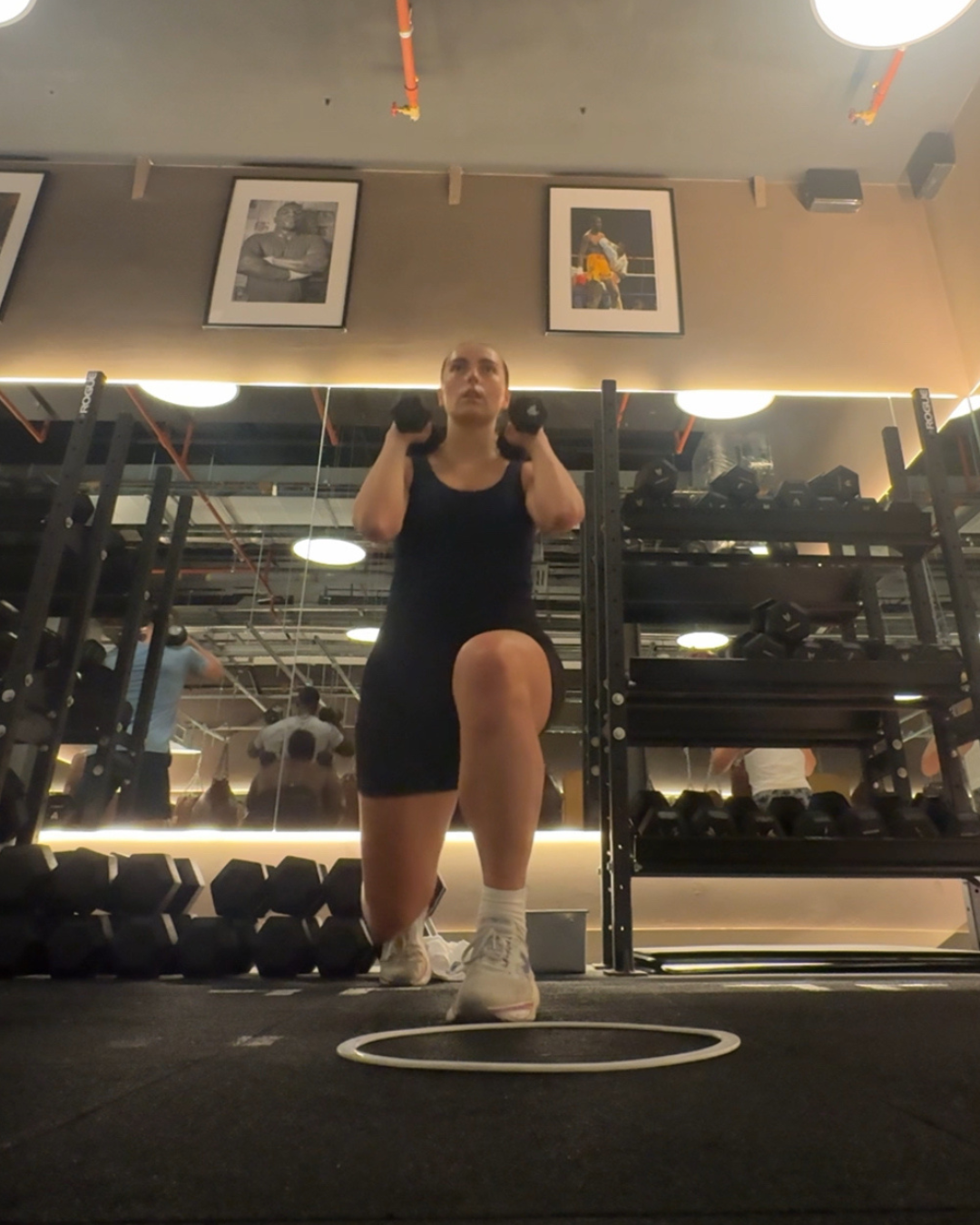
Georgia found that strength training and Pilates don’t compete; they complement. One gives you power, the other control
Shop MC approved Pilates and strength training essentials below:
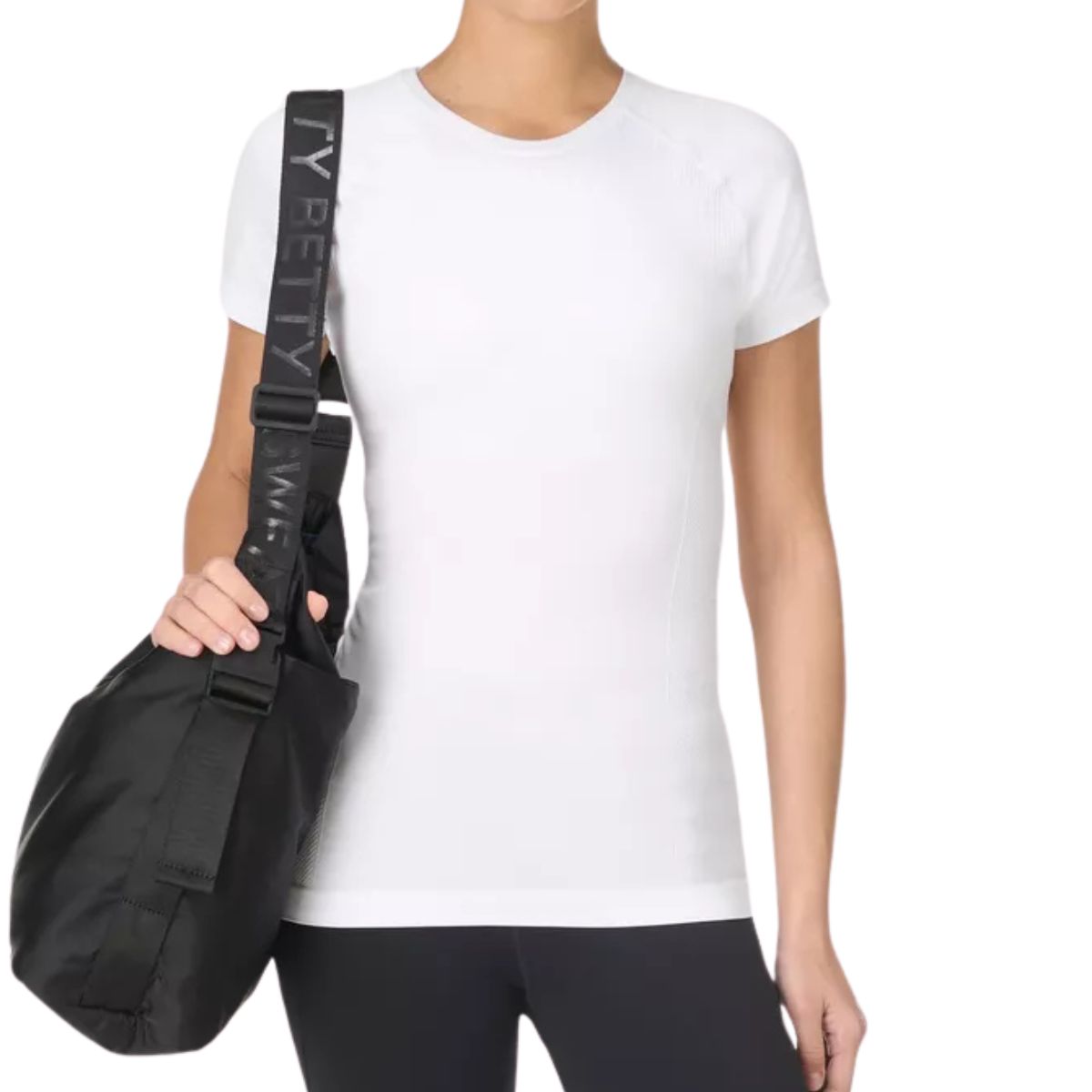
This has quickly become one of my favourite workout tops. It’s so lightweight and breathable that I barely notice it during Pilates, strength sessions, or runs. The seamless design and stretch fabric make it easy to move freely, and the mesh panels keep me cool when things get intense. I keep coming back to it - it’s one of those pieces that works with everything in my workout rotation.
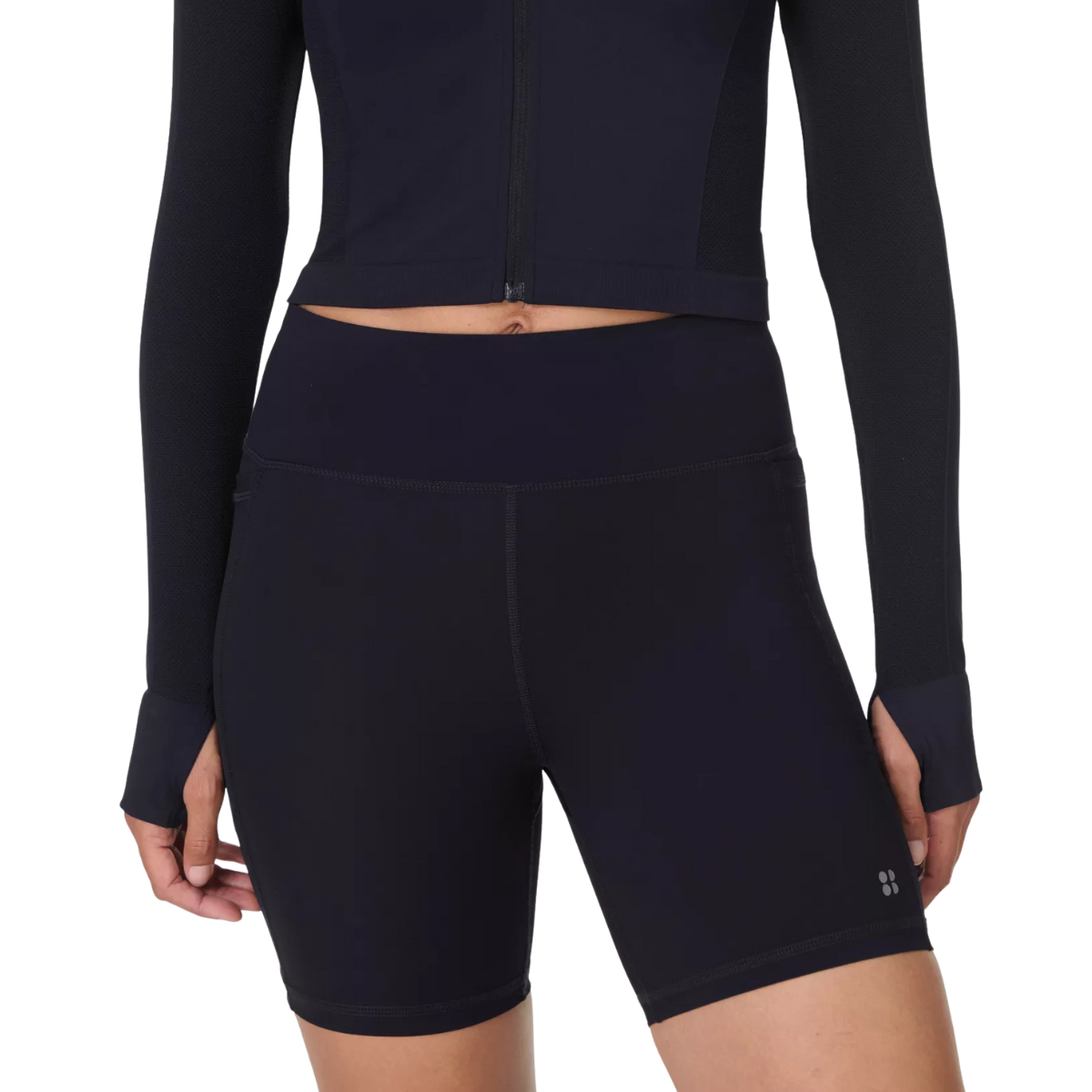
When you're scheduling your exercise sessions, it helps to have a kit that can work across all your workouts. These are my go-to shorts, whether I’m out for a run, in a Pilates class, or hitting a strength session. They’re ridiculously comfortable, super lightweight, and move with me rather than against me. I love that they have pockets for small essentials, and the high-waist fit feels supportive without being restrictive. Honestly, I find myself reaching for them again and again - they’ve become a staple in my workout rotation.
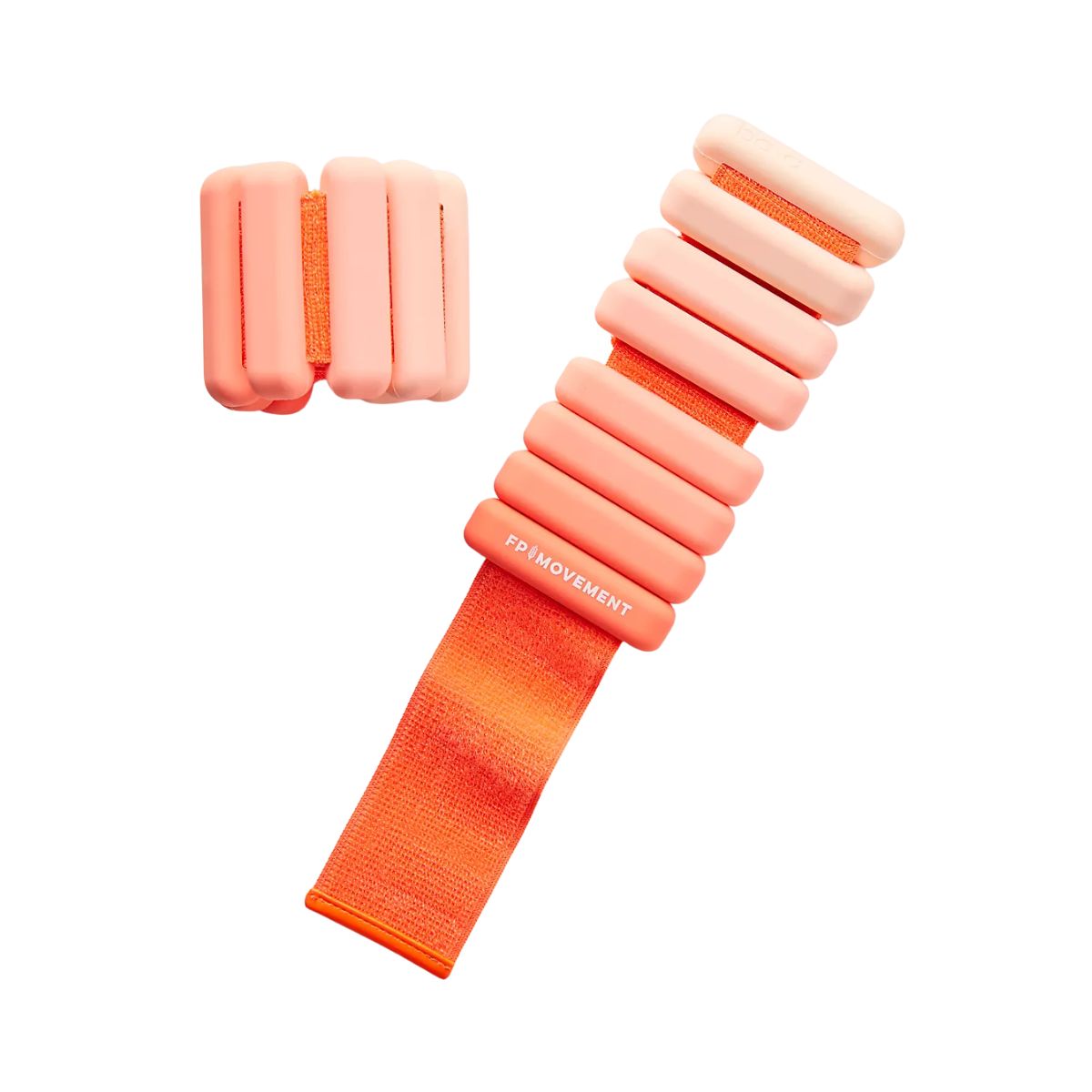
There's one thing I've found that's seriously effective at taking my Pilates sessions to the next level - a pair of the best ankle weights. And not just any ankle weights - Bala Bangles weights. At just 1 lb each, they're subtle yet effective, adding a comfortable level of resistance to everything from Pilates sessions to casual walks. The soft-touch silicone feels gentle on the skin, and the velcro strap ensures they stay securely in place.
How do I start strength training as a beginner?
Start light and focus on proper form - compound exercises like squats, rows, and push-ups are ideal. Schedule rest days to allow recovery and avoid overtraining the same muscles. Pilates can help too, strengthening stabilisers and improving core control, which makes strength workouts safer and more effective.
As Pilates instructor James Shaw says, “That knowledge early on makes everything that follows more effective and sustainable.” Beginners often benefit from small classes or 1:1 sessions to learn technique, then gradually increase weight and complexity as confidence grows.

Georgia Brown is a freelance journalist covering fashion, lifestyle, heath and fitness. With bylines in Harper’s Bazaar, Women’s Health, and HELLO! where she formerly held the position of Senior Lifestyle & Fashion Writer, she’s also the co-founder of run club Sunnie Runners and is a devoted marathoner. With a particular love for sustainable fashion and slow living, Georgia can often be found sifting through London's best vintage stores to find the best pre-loved pieces.